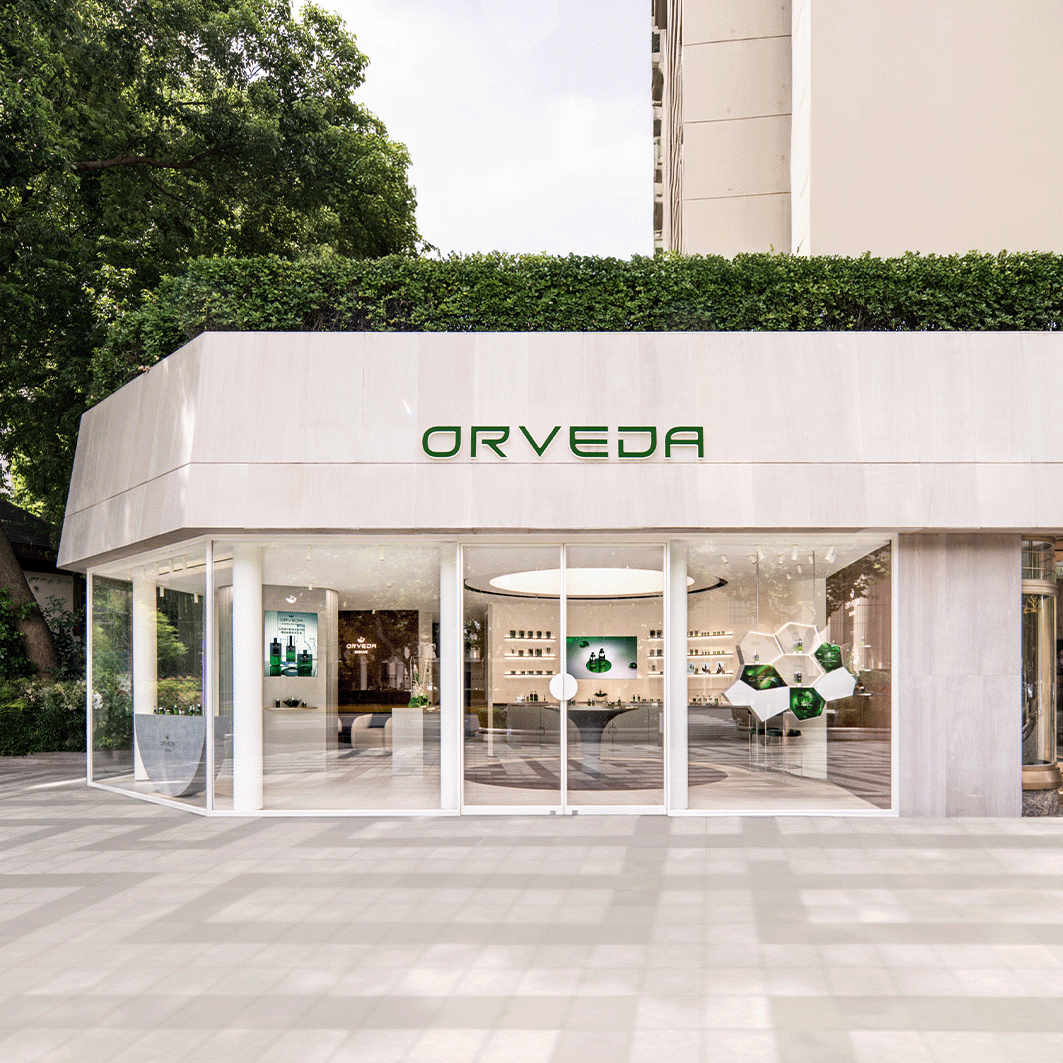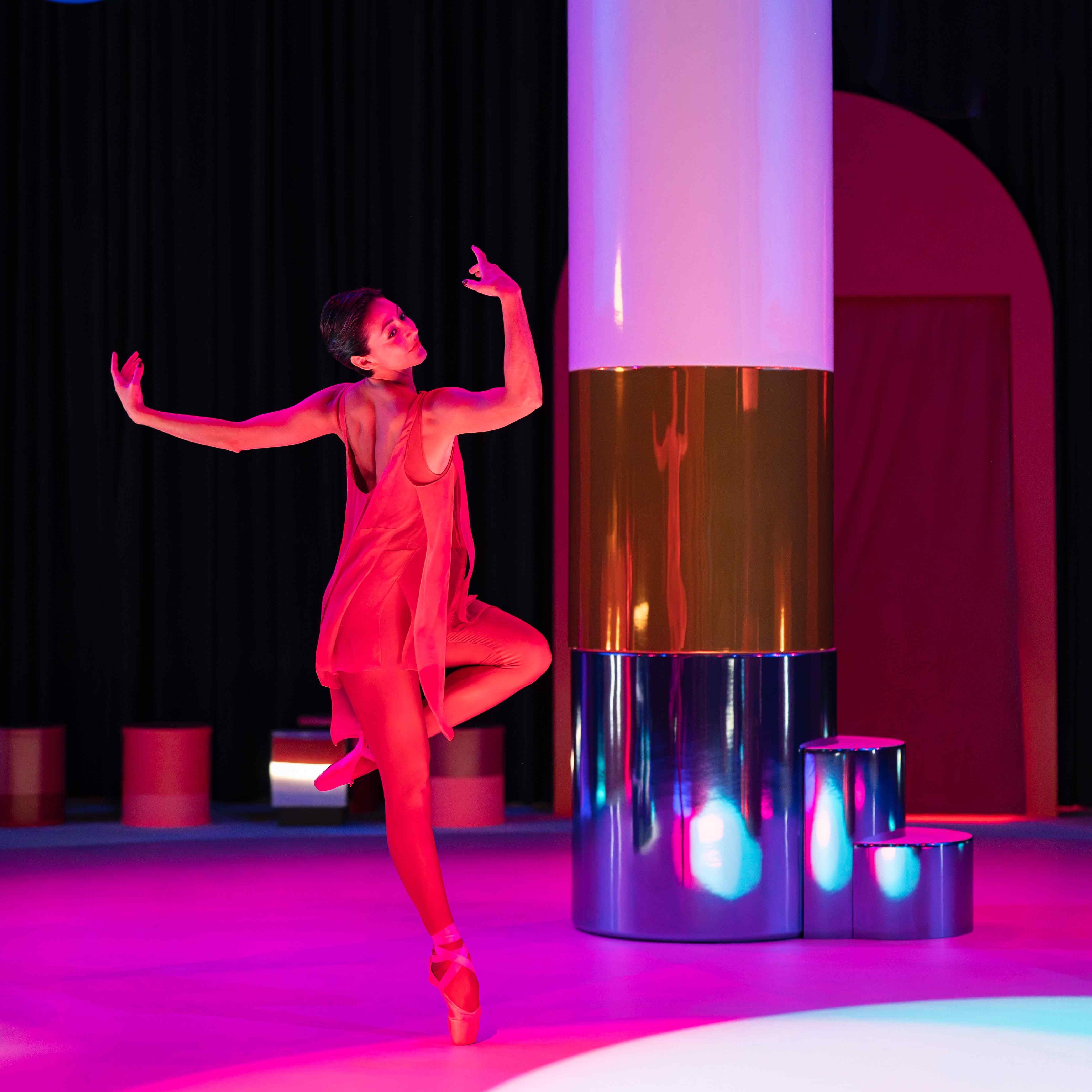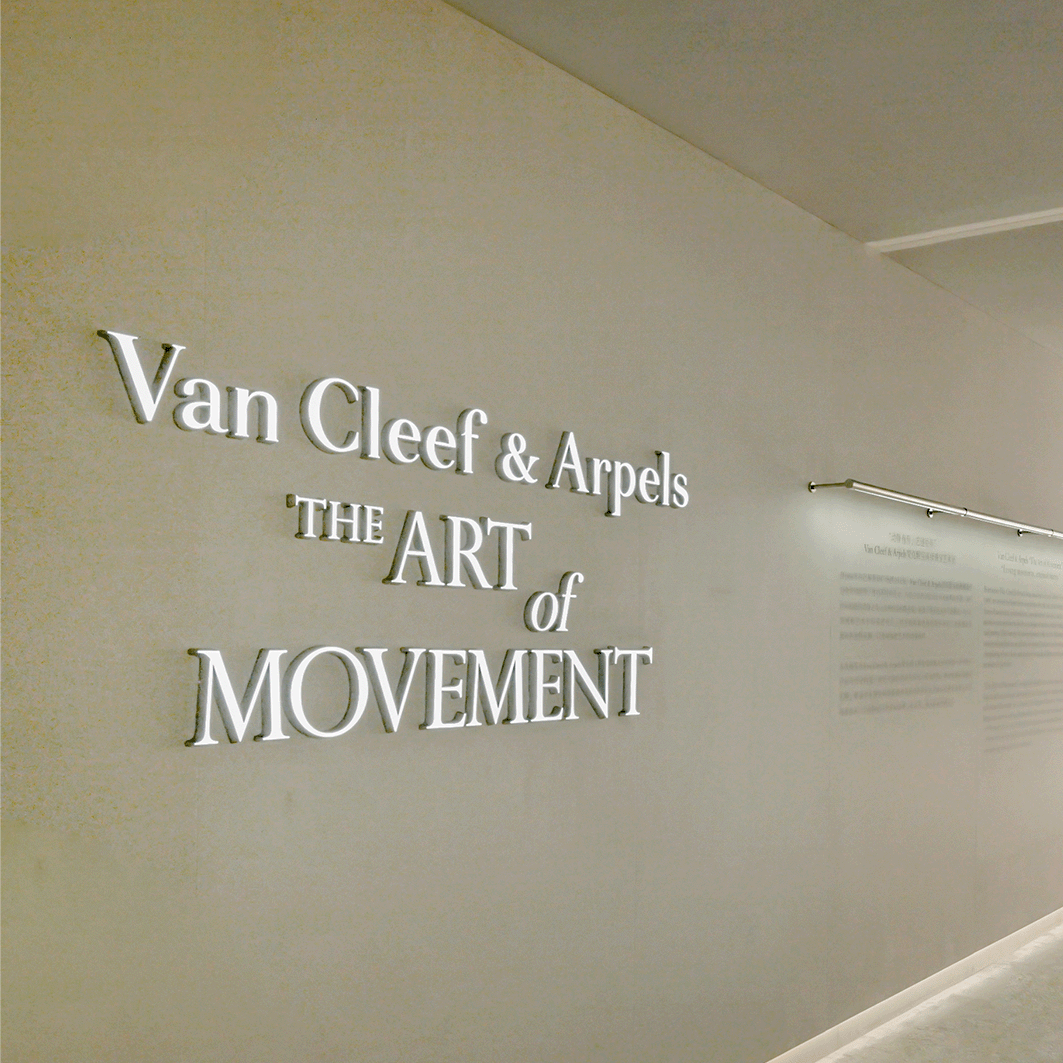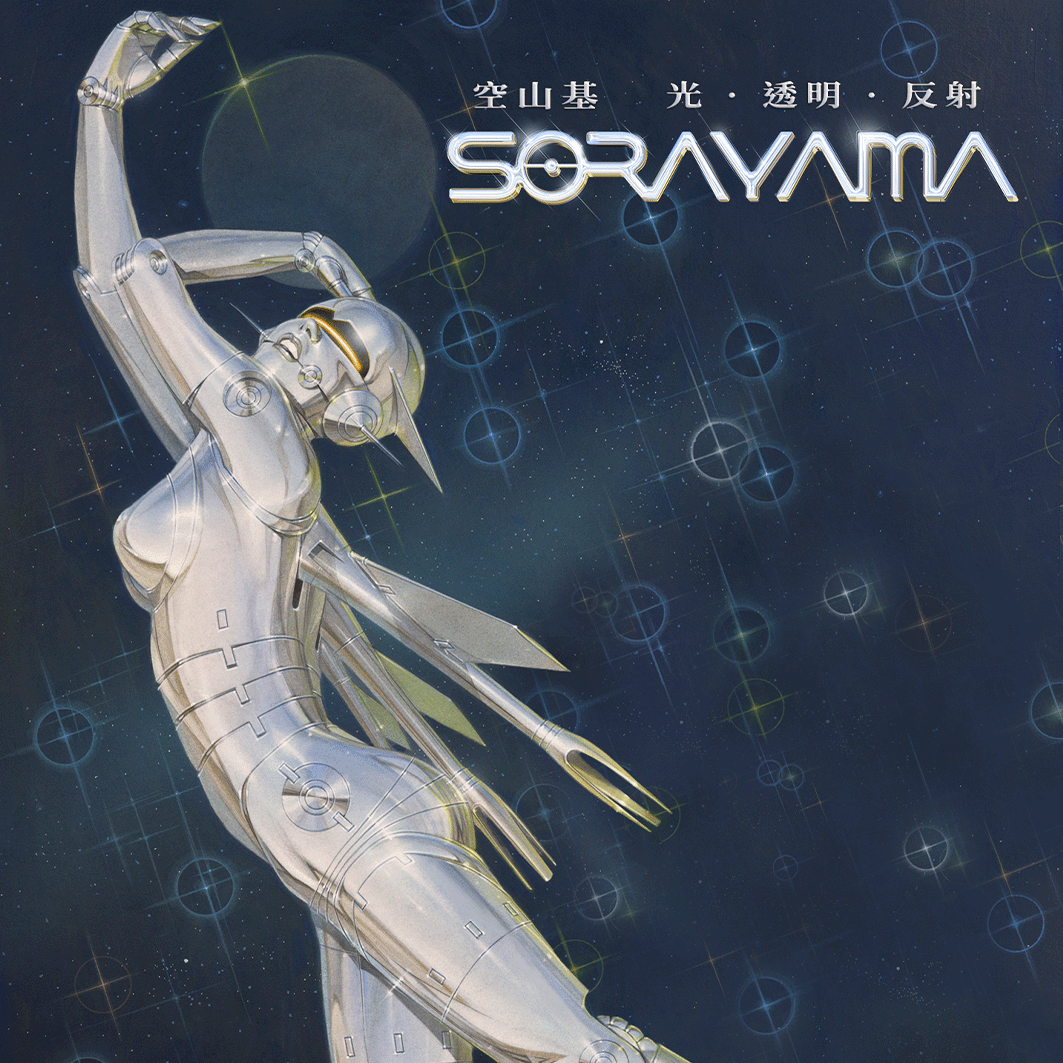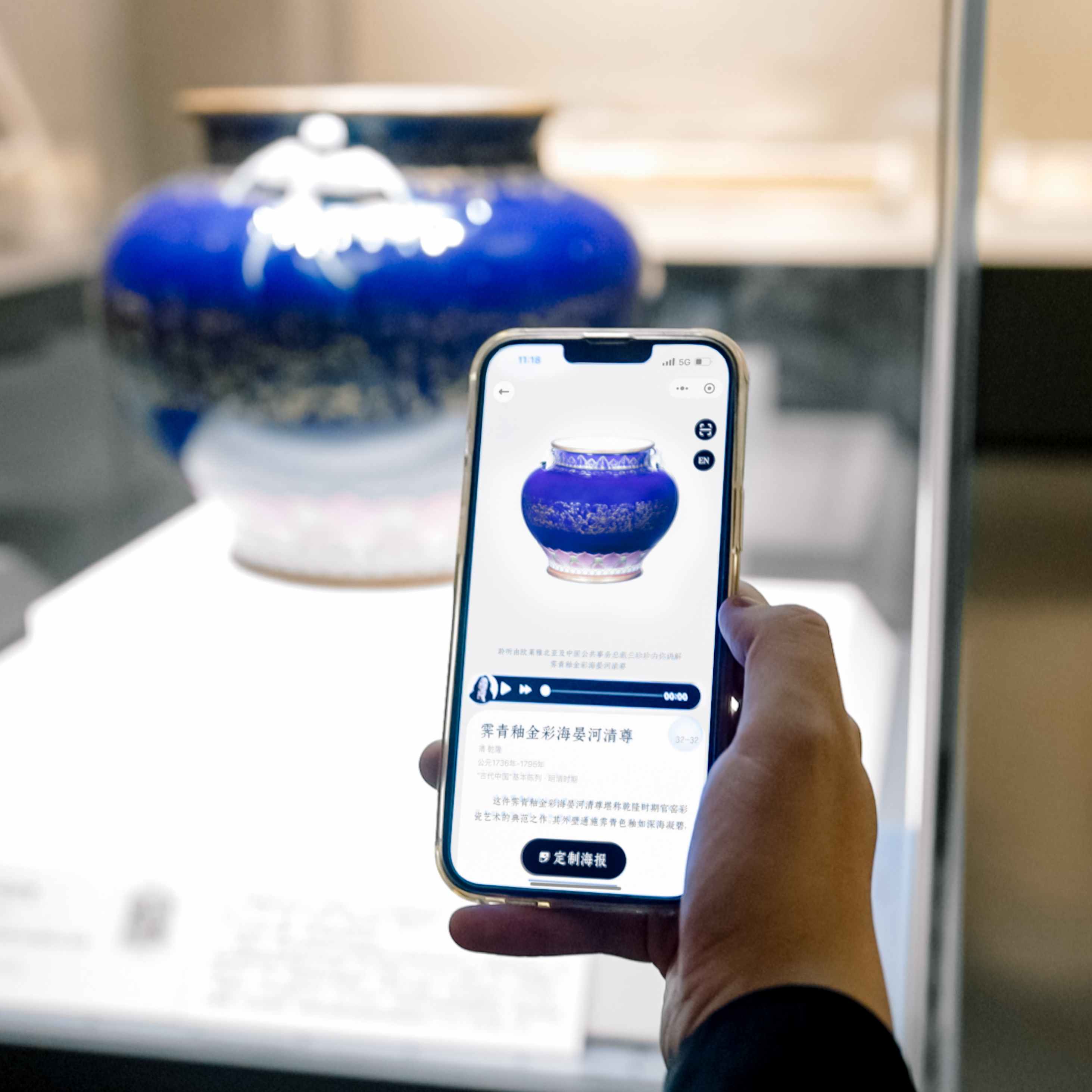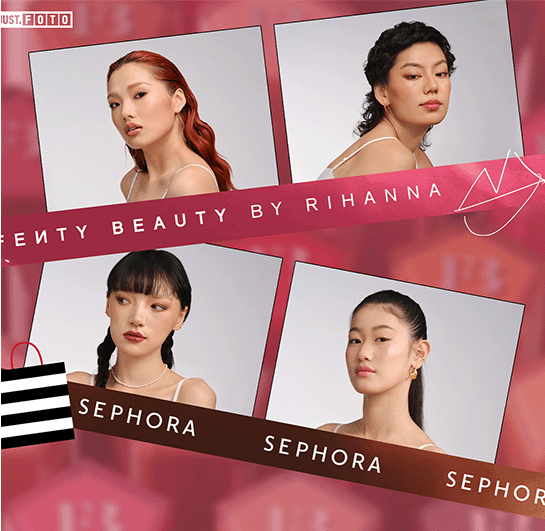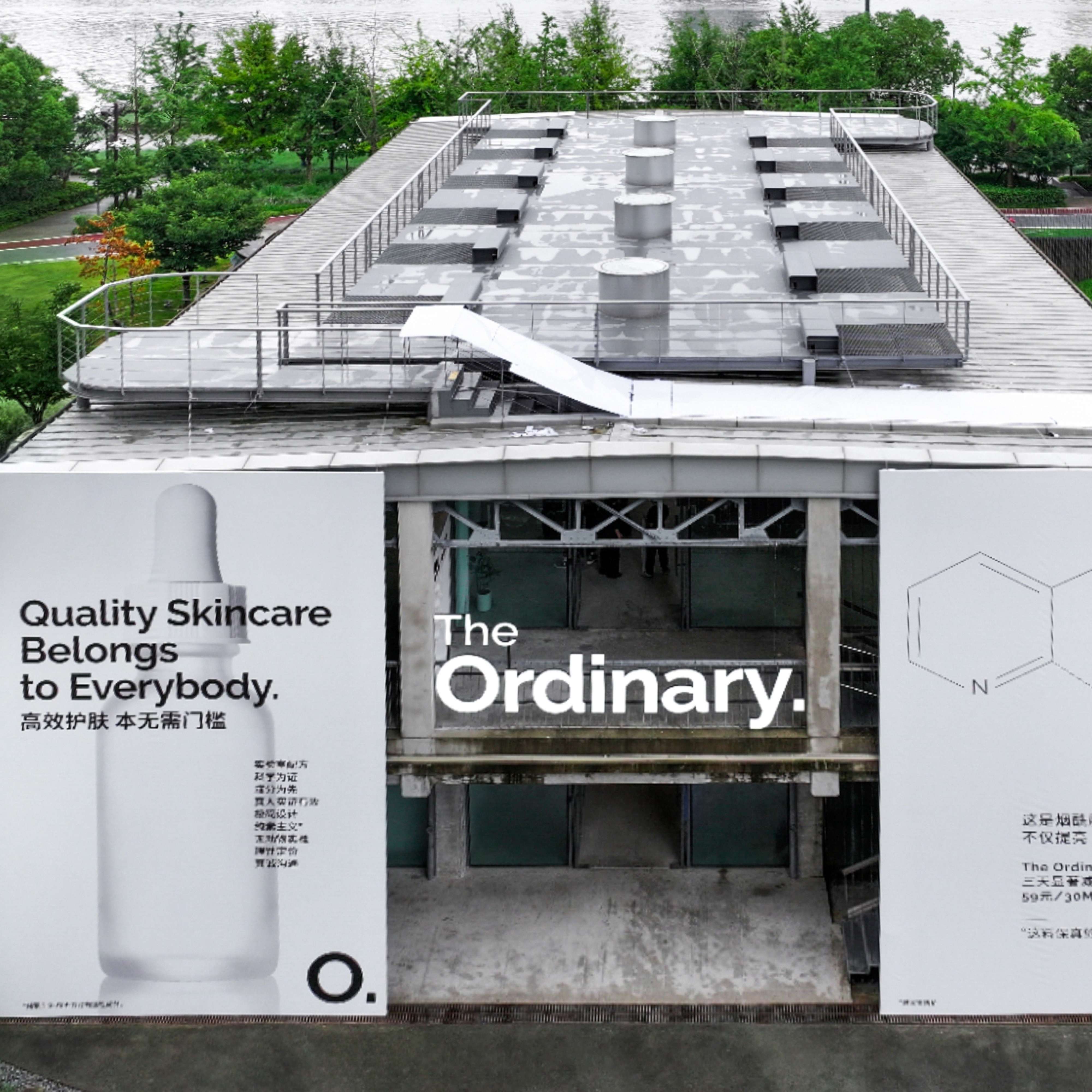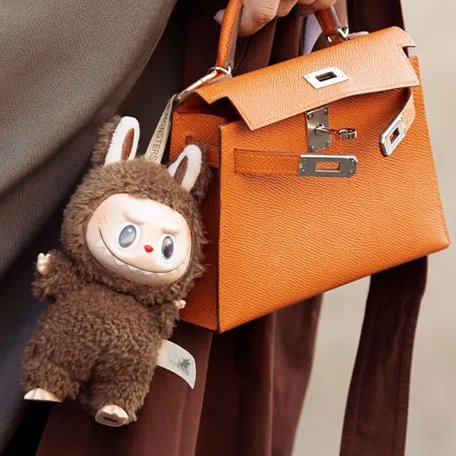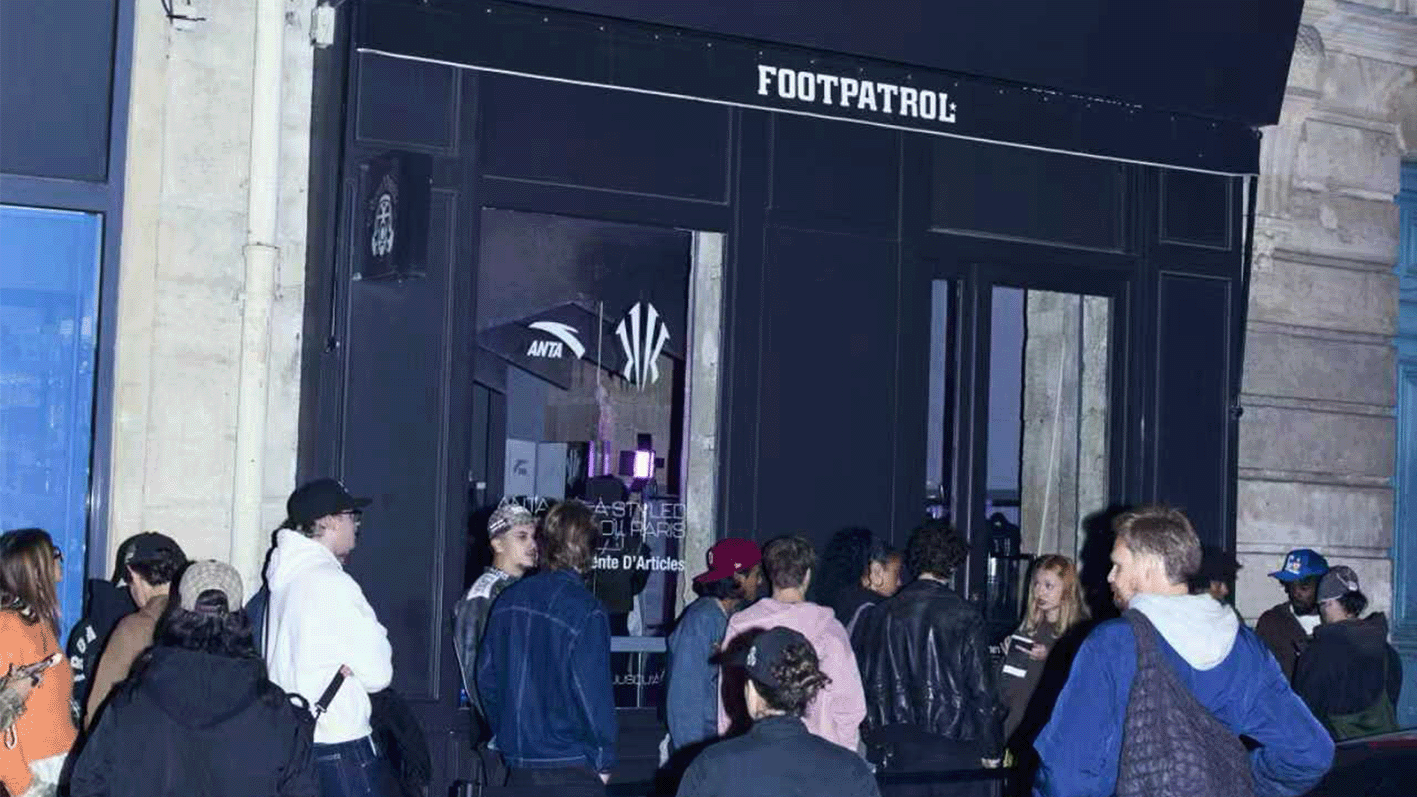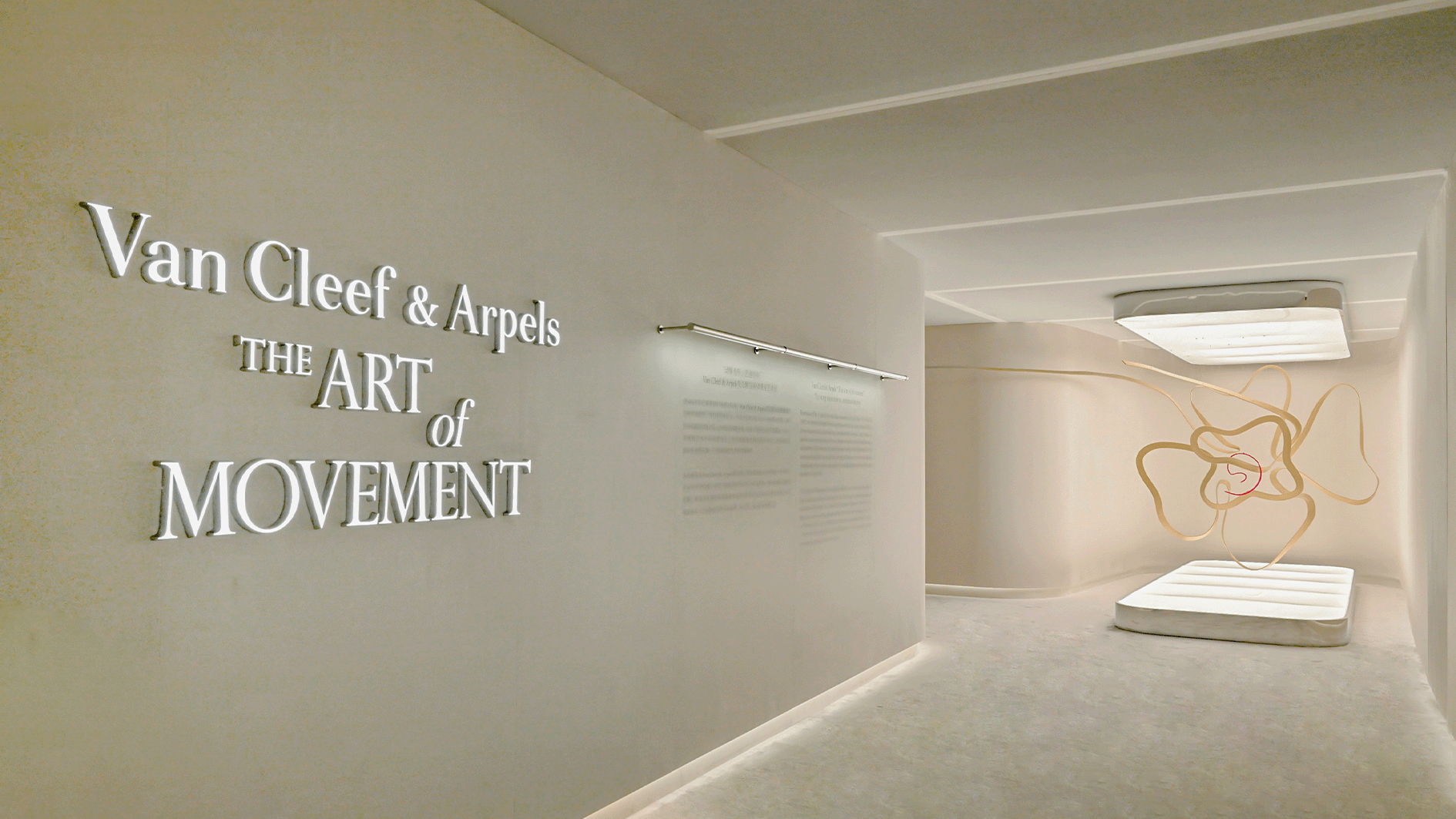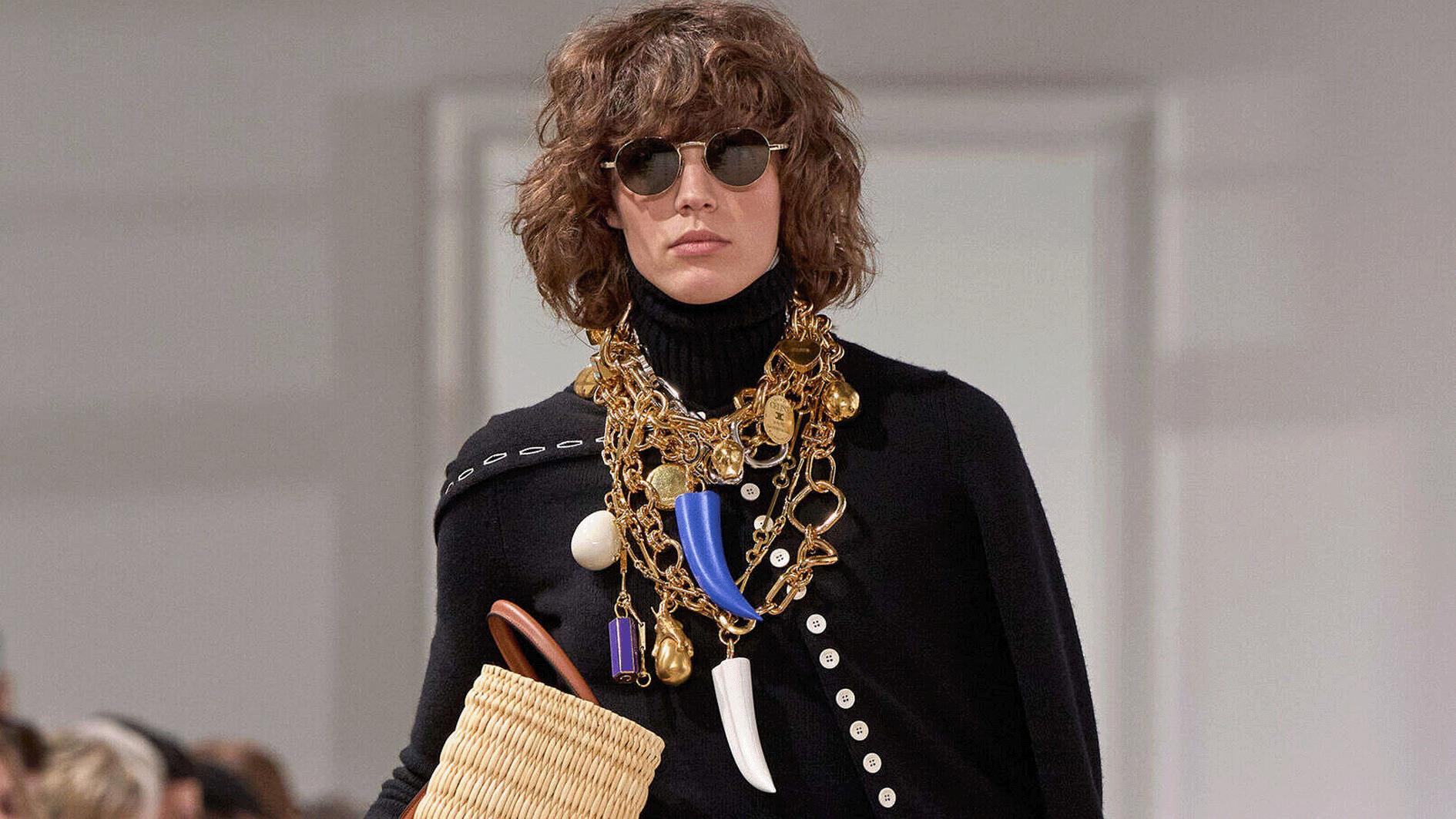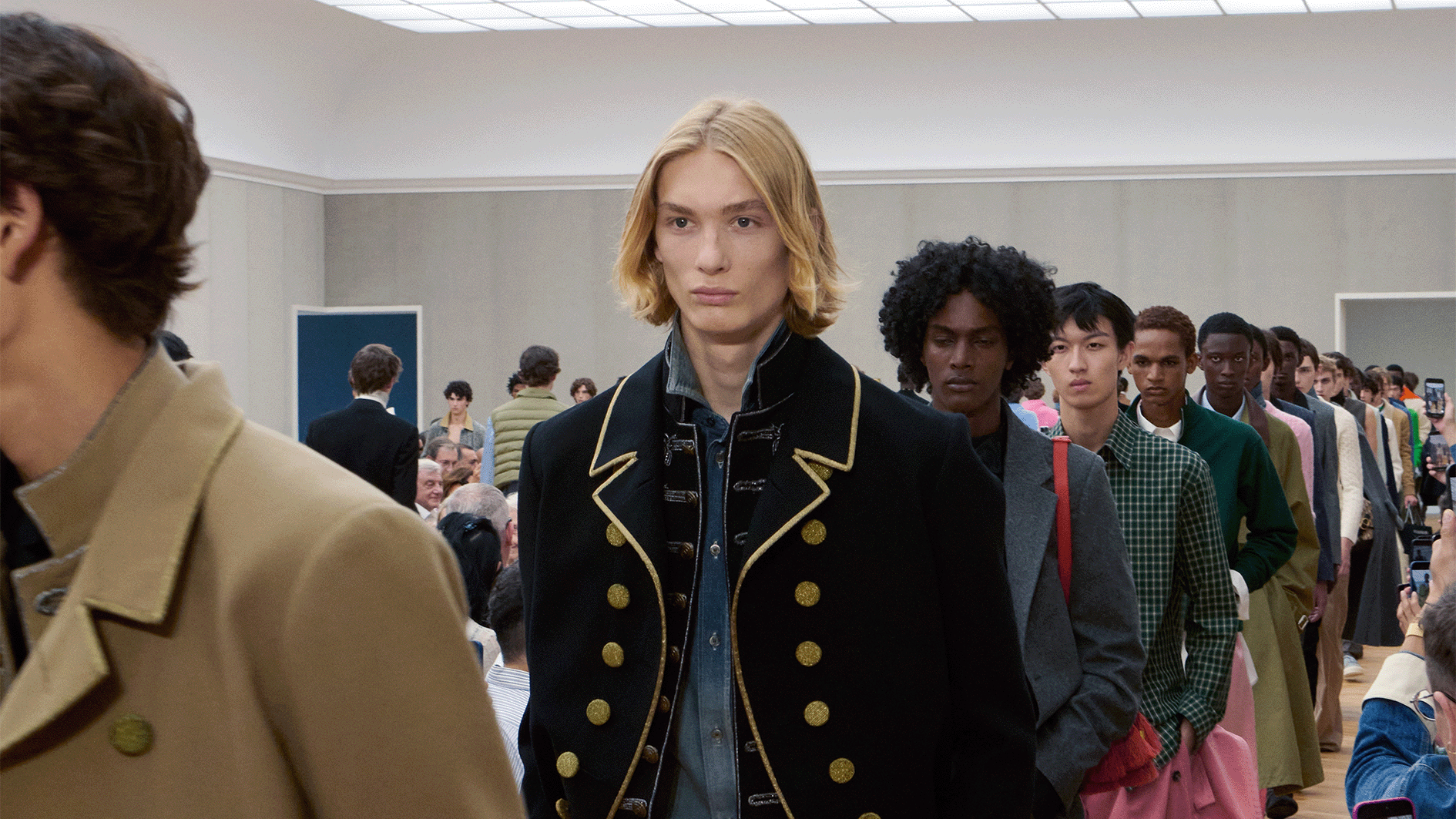- FEATURE
- |
- MERGERS & ACQUISITIONS
- |
- FINANCIAL
- |
- MARKETING
- |
- RETAIL
- |
- ESG-SUSTAINABILITY
- |
- LIFESTYLE
- |
-
MORE


For fashion brands in China, Xiaohongshu (also known as RED) is the one platform you simply cannot afford to neglect—especially when budgets are tight. In recent years, even as brands scale back events, shrink seasonal campaigns, and make more cautious ambassador picks, investments in Xiaohongshu have only continued to grow.
That’s because Xiaohongshu still holds the promise of high ROI—if you know how to work it. Yet the platform’s vague and opaque traffic system, which blends paid and organic content in unpredictable ways, makes it one of the hardest for brands to master.
So how are brands adapting?
Longchamp has leaned into personalization—an evergreen interest across consumer segments—by promoting its bespoke bag service as the star of its Xiaohongshu store. The user experience is intuitive and interactive, allowing nearly every part of the bag to be customized. This feature, simple as it may be, has triggered genuine enthusiasm among shoppers and driven spontaneous sharing, effectively turning satisfied customers into brand advocates and fueling a loop of goodwill and visibility.
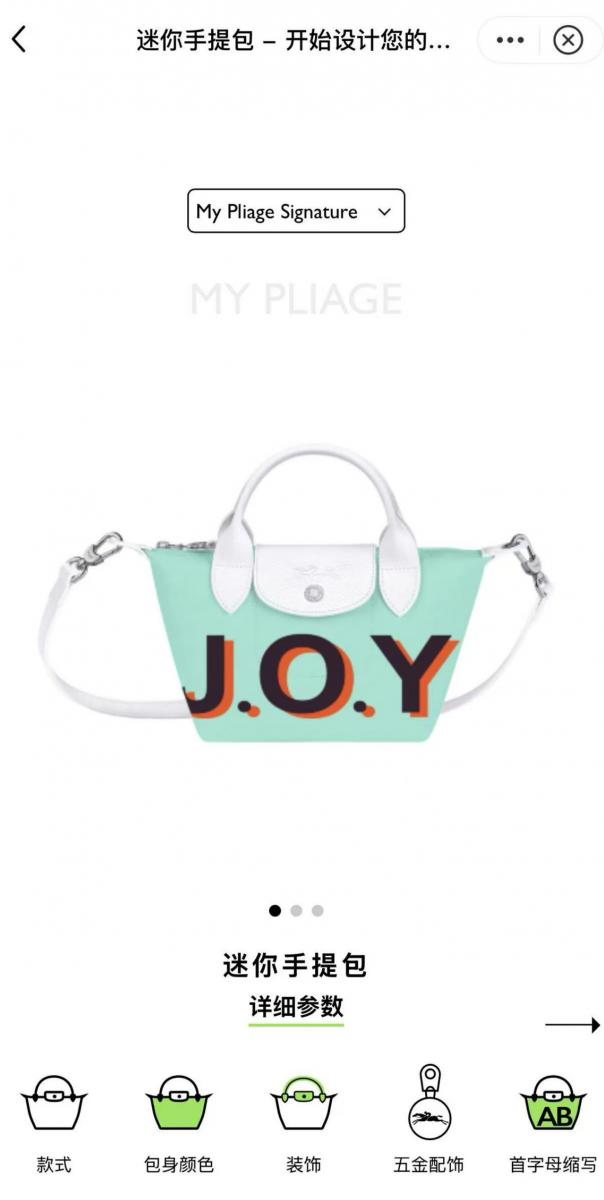
In a sea of trend-chasing content, Cartier stands apart by doing the opposite. It is arguably the only hard luxury brand that has maintained a coherent visual identity on Xiaohongshu. Whether promoting festival collections like 520 or focused product pushes such as the Santos watch, Cartier carefully selects content creators who reflect its brand tone. Its visual language—clean, restrained, and emotionally resonant—evokes the dual allure of timeless luxury and intimate storytelling.<

